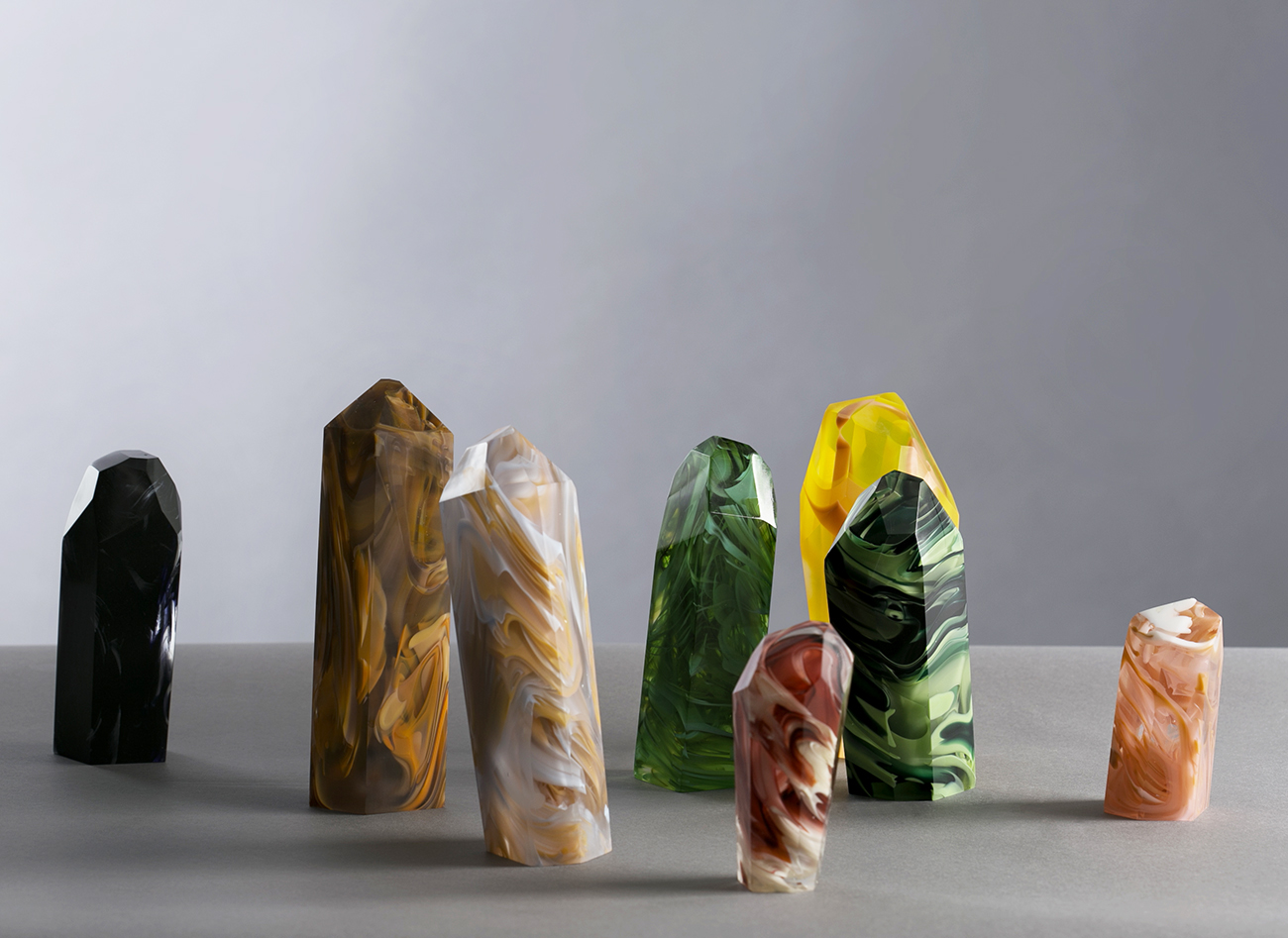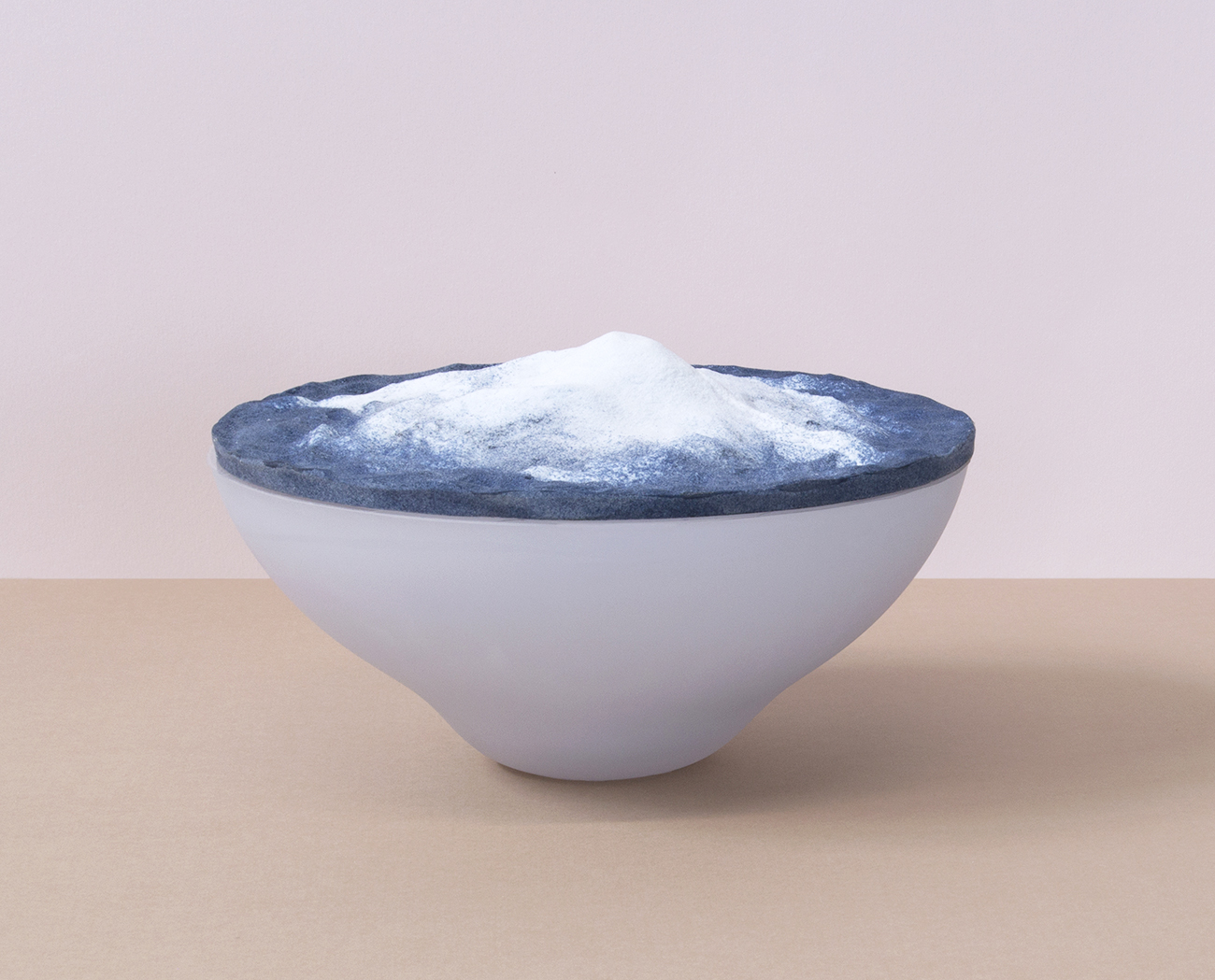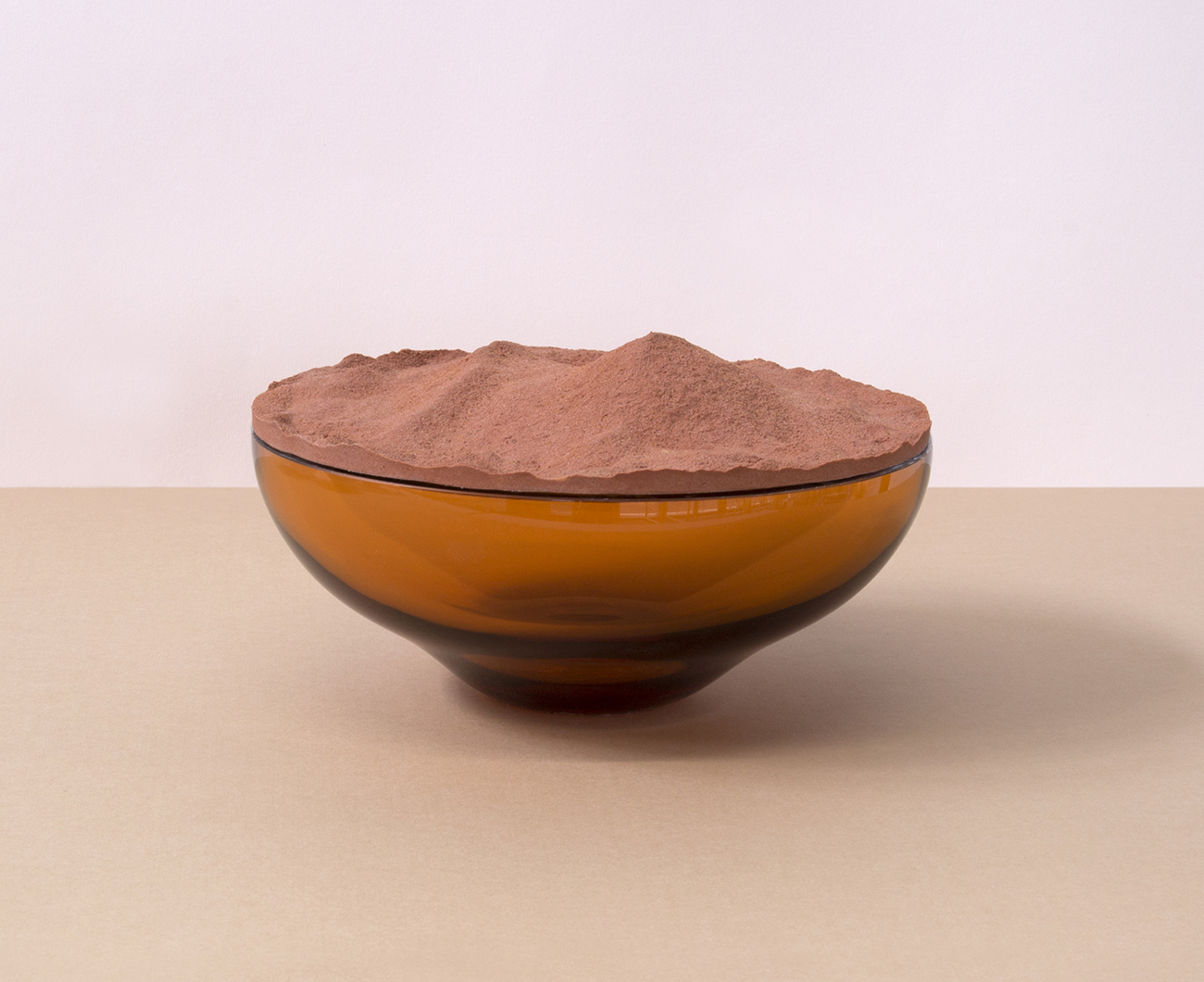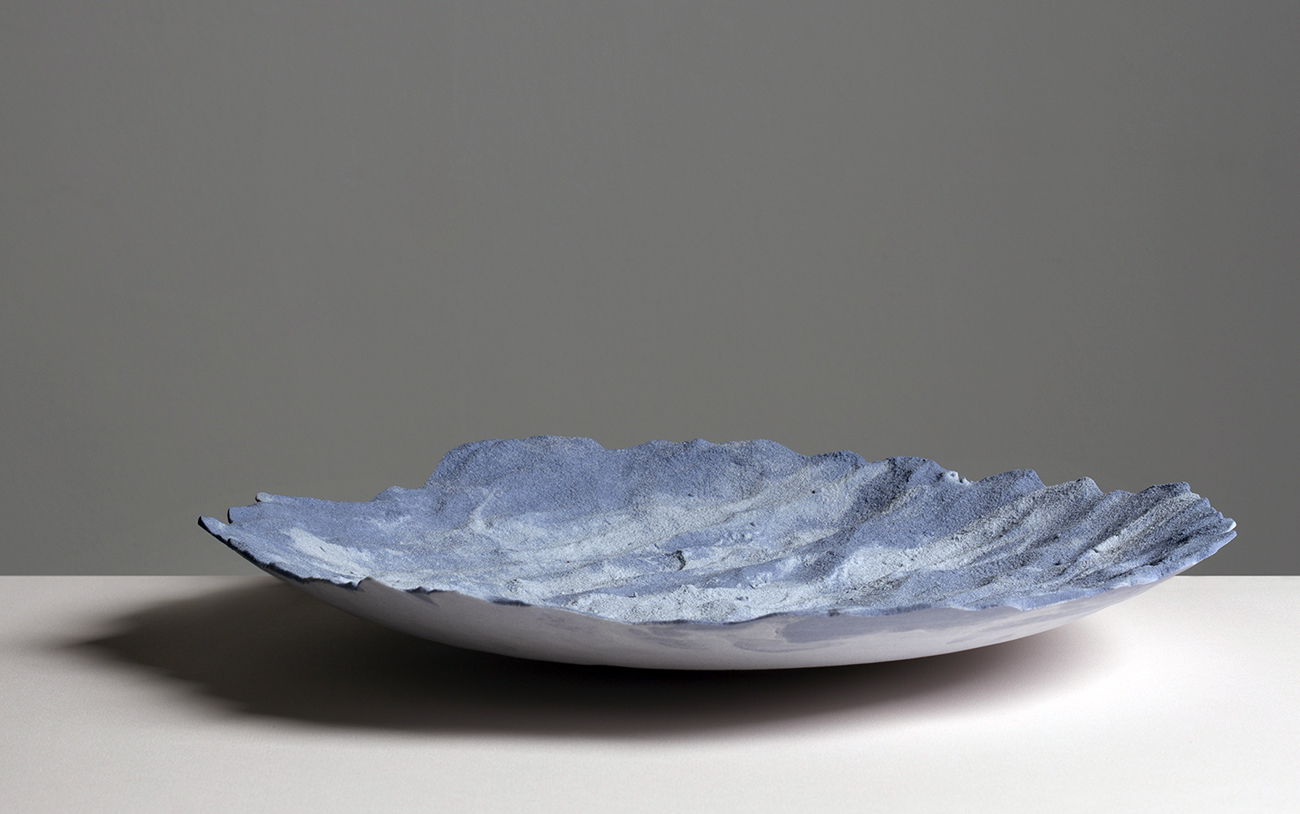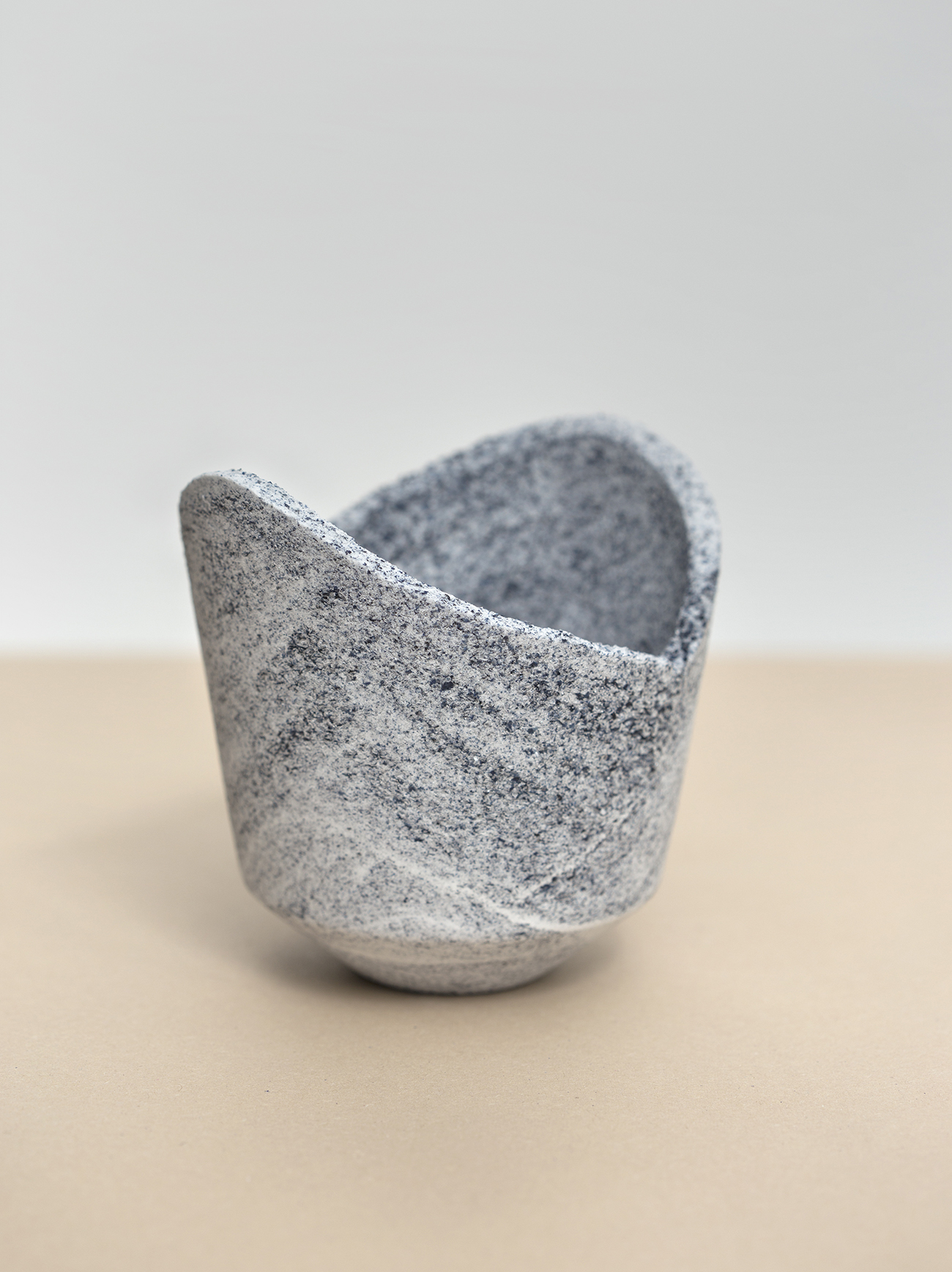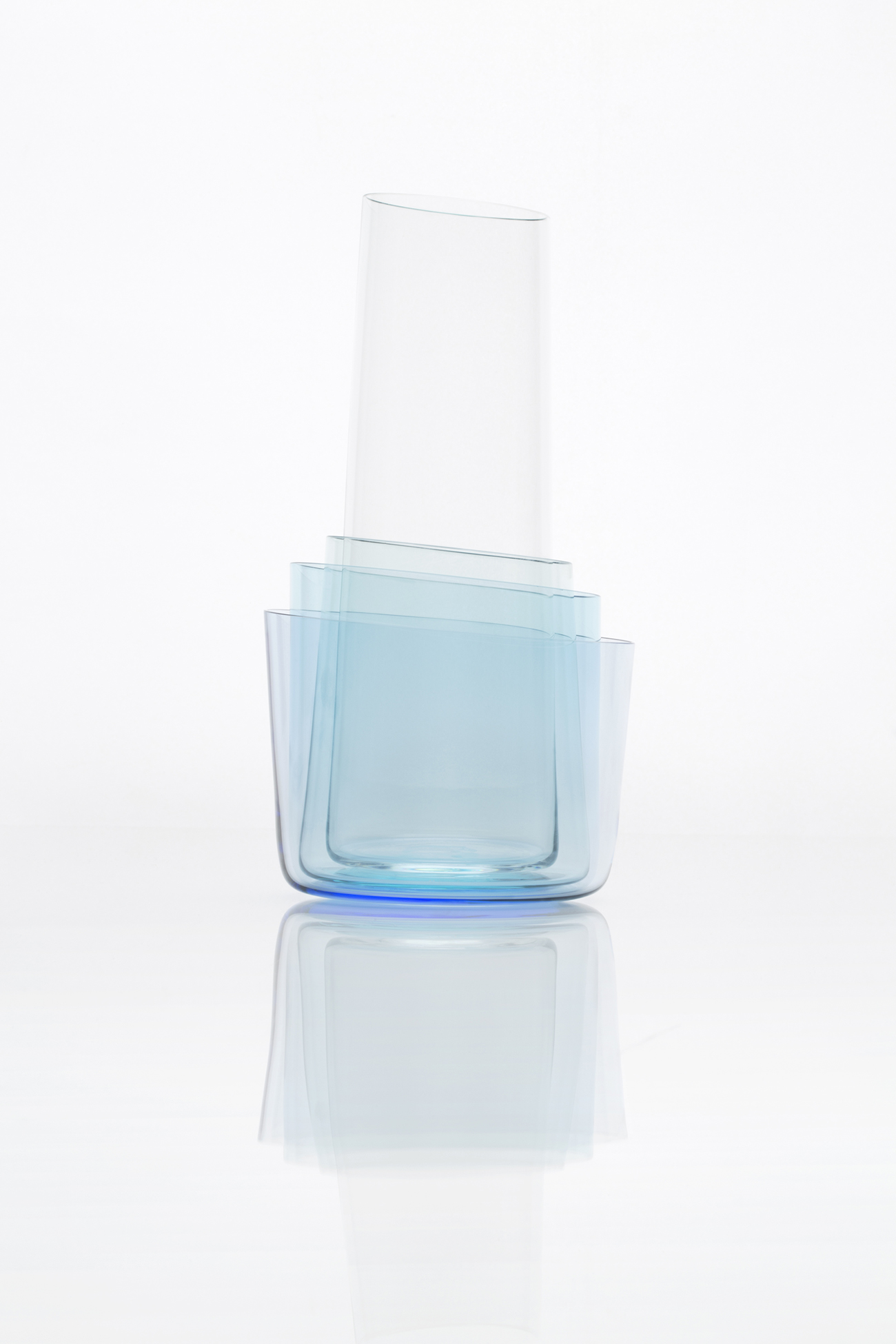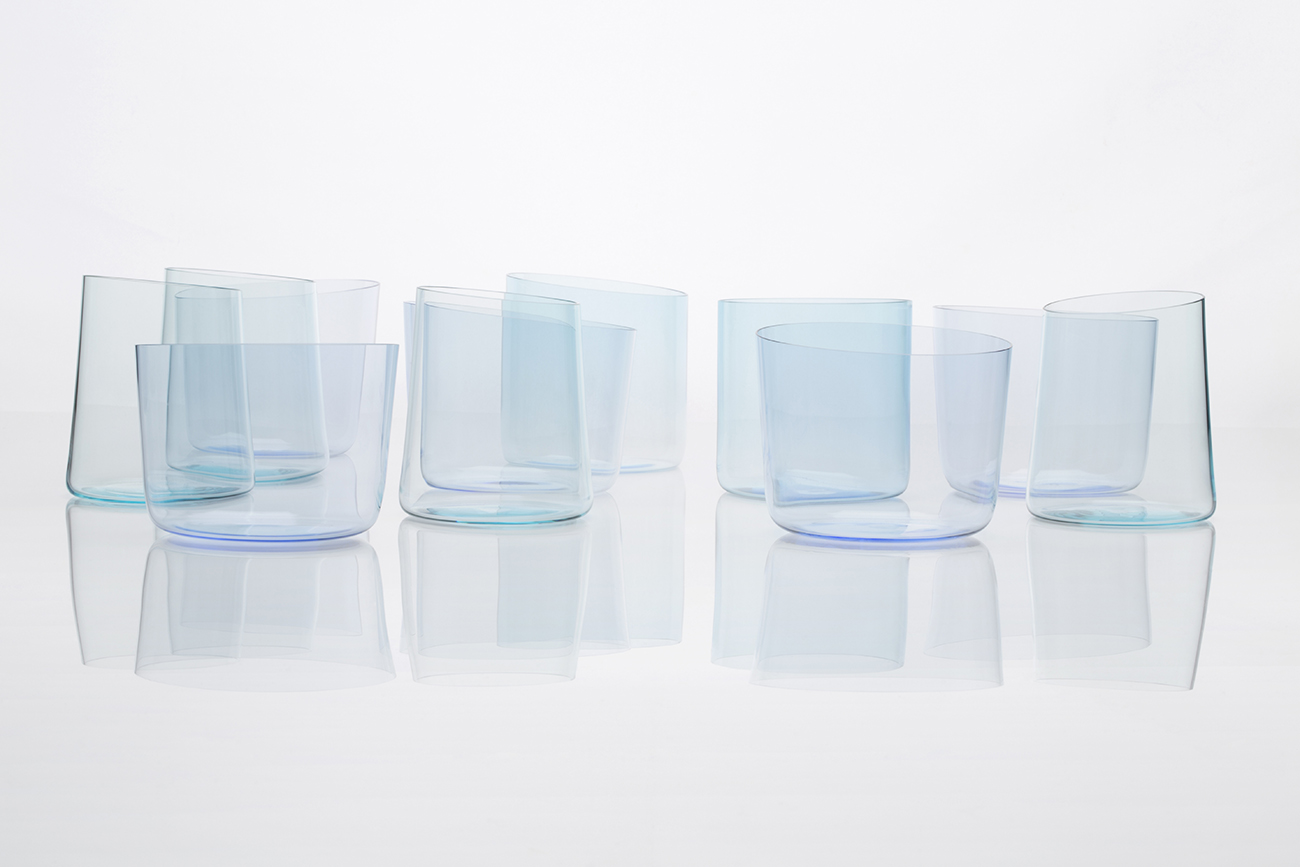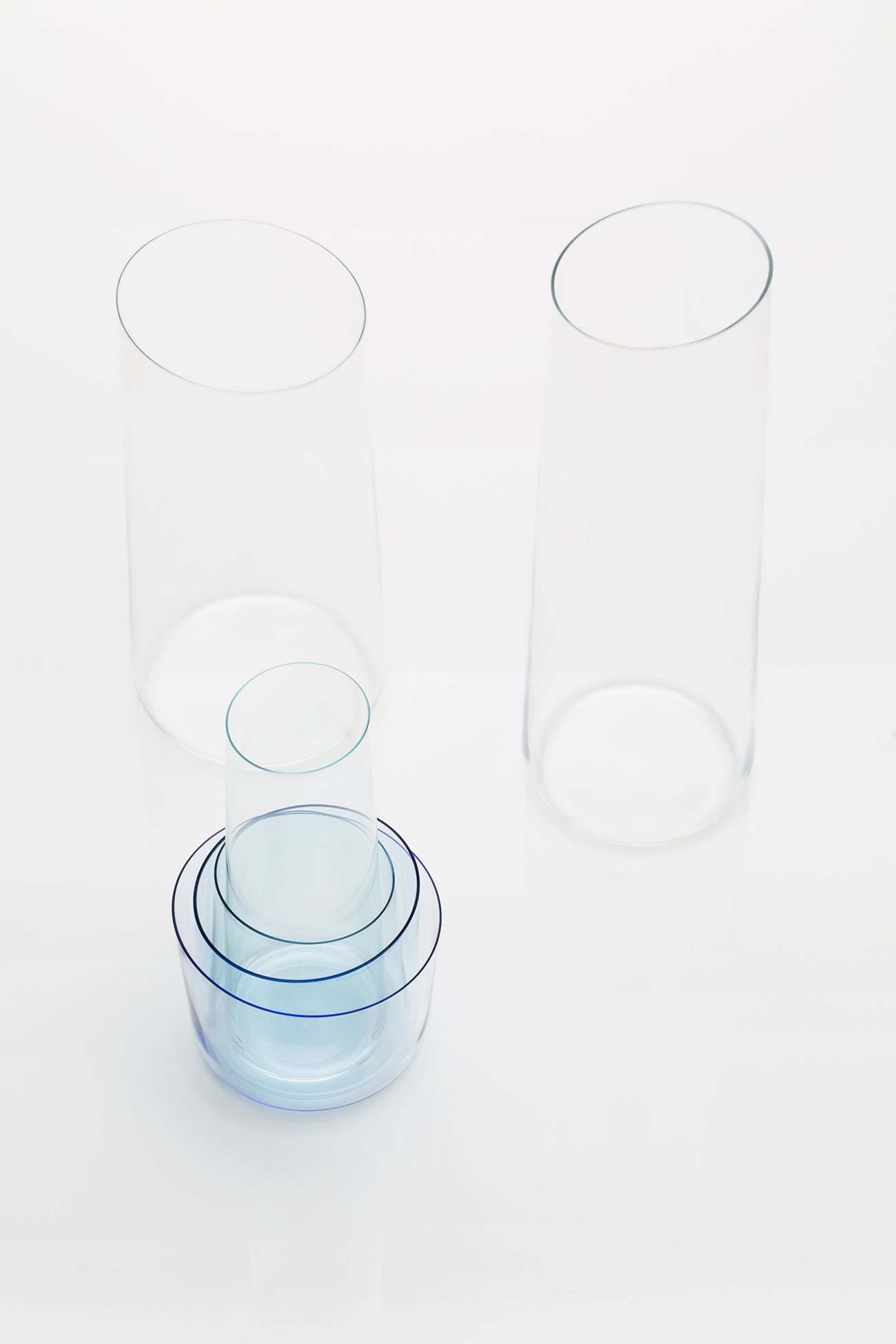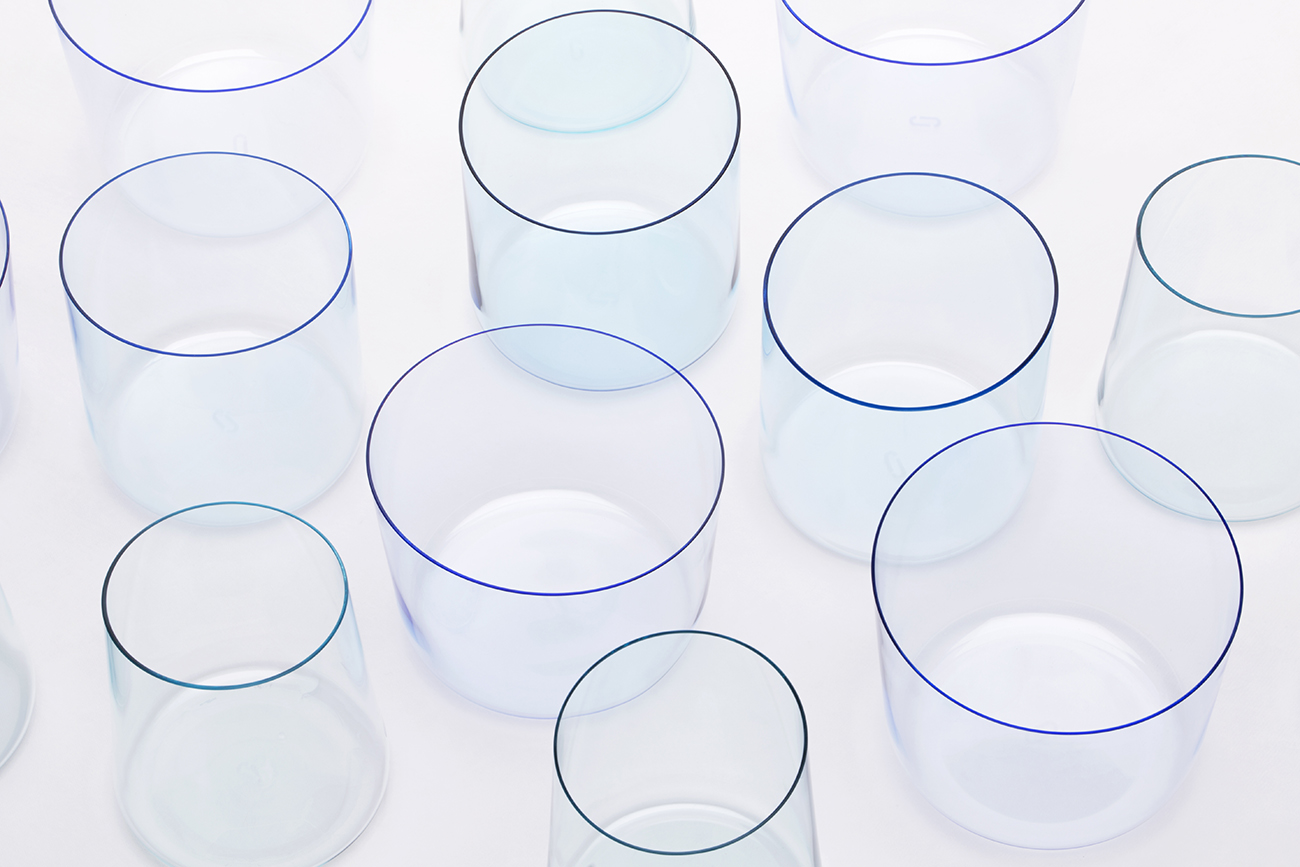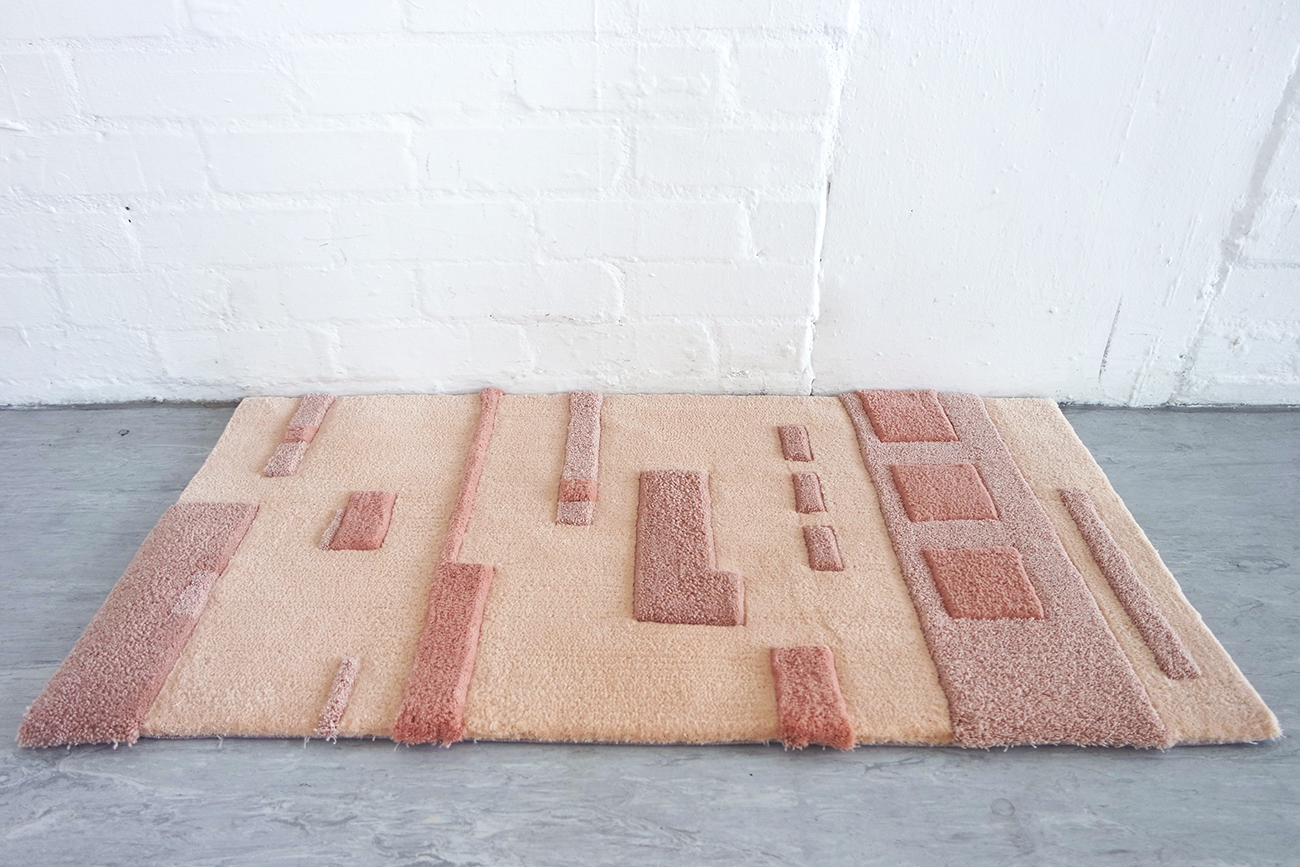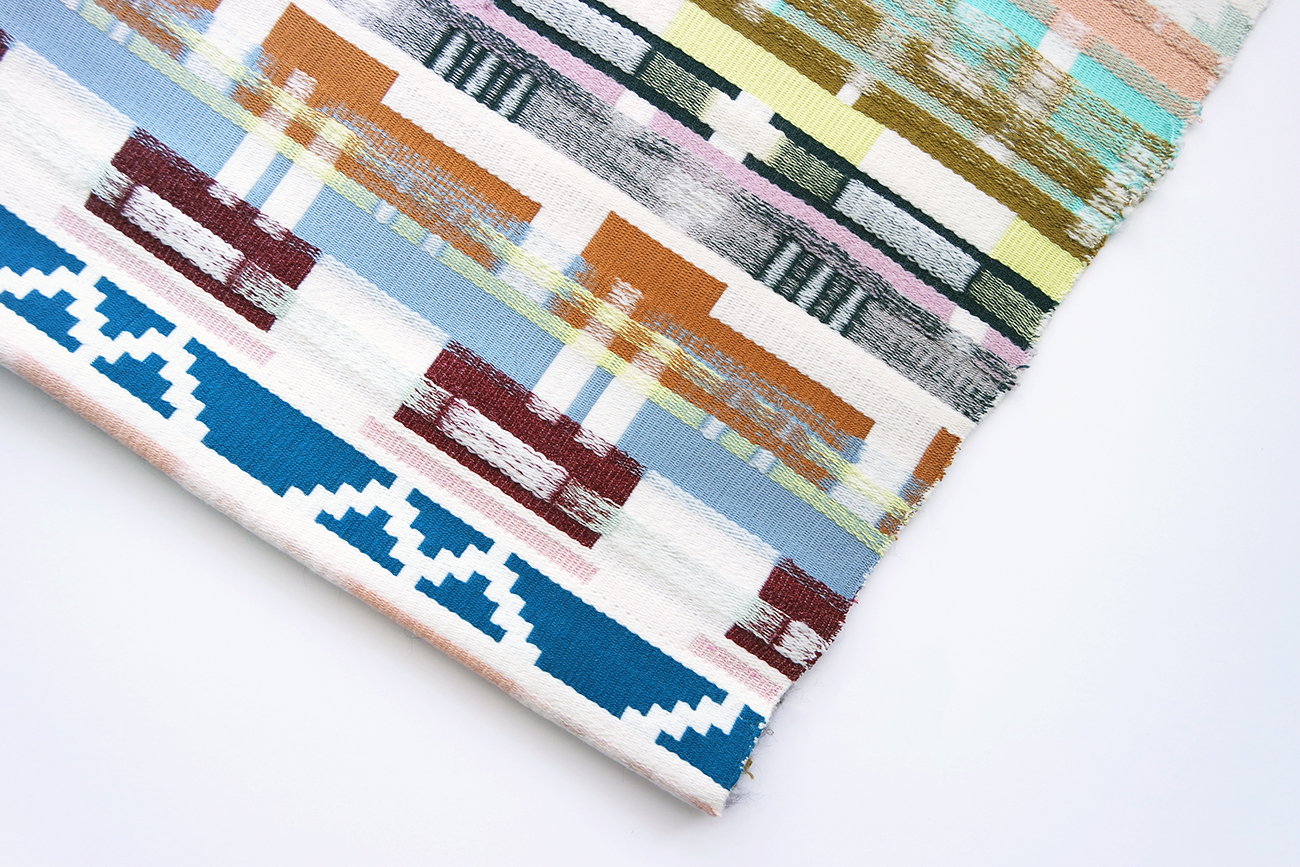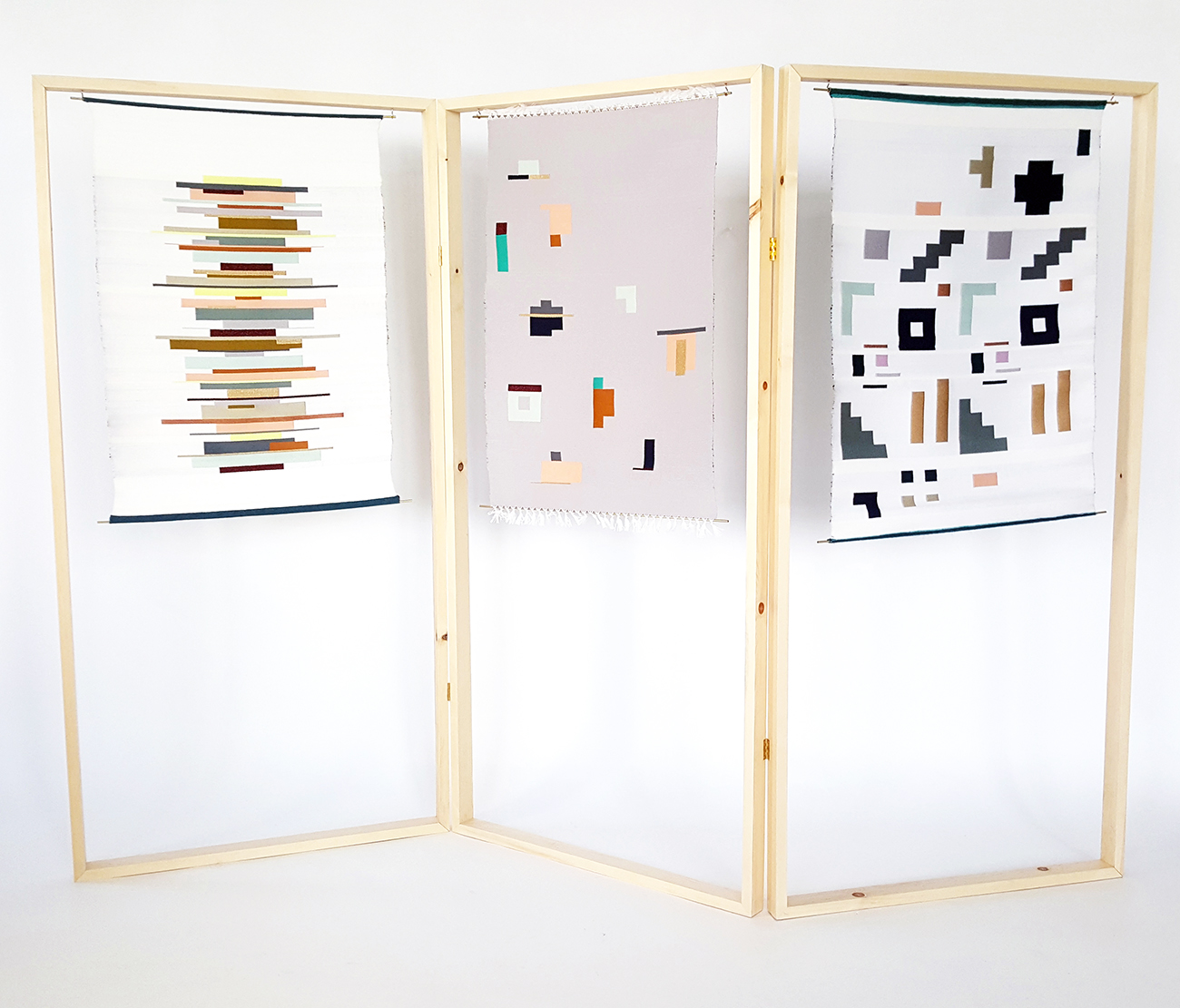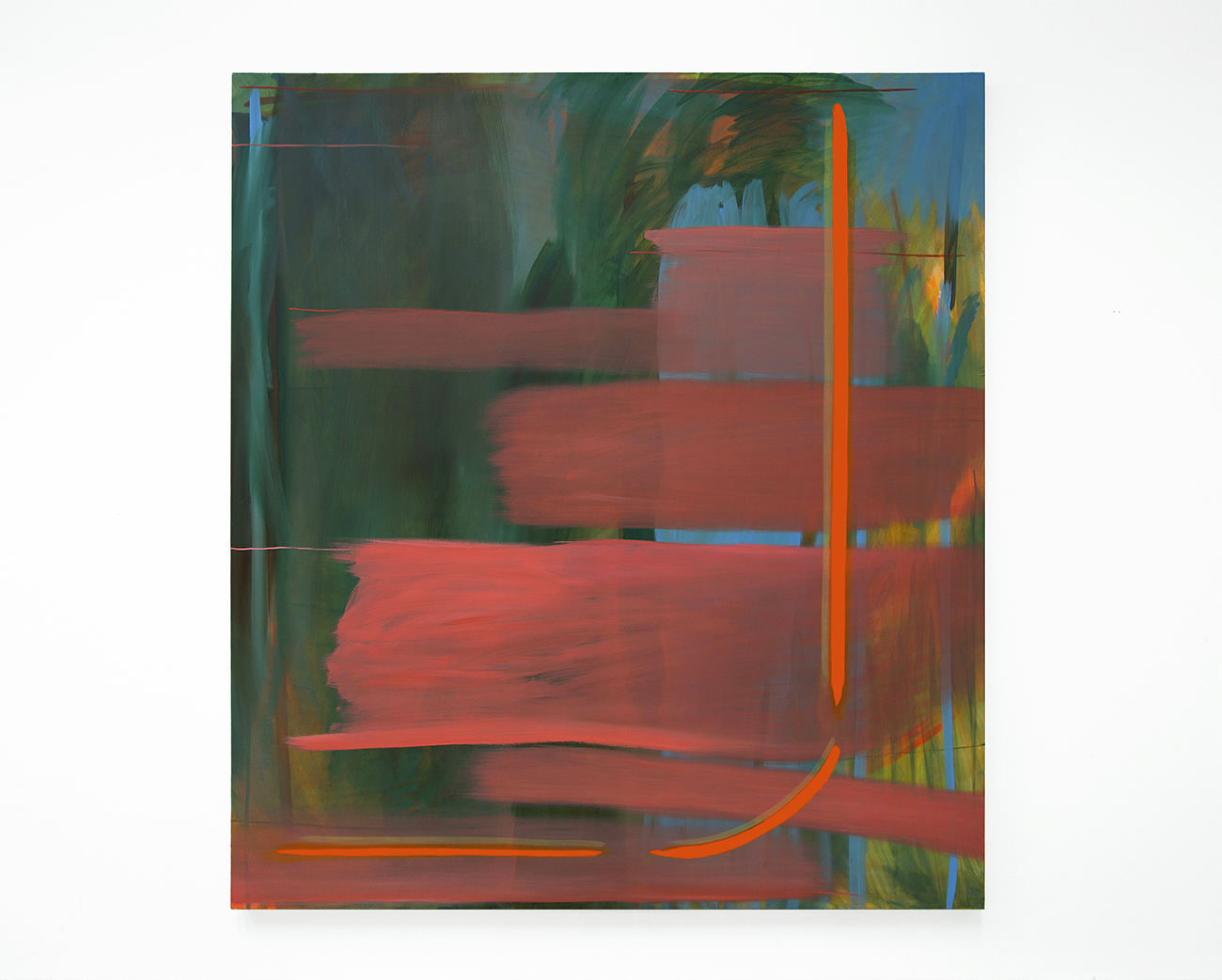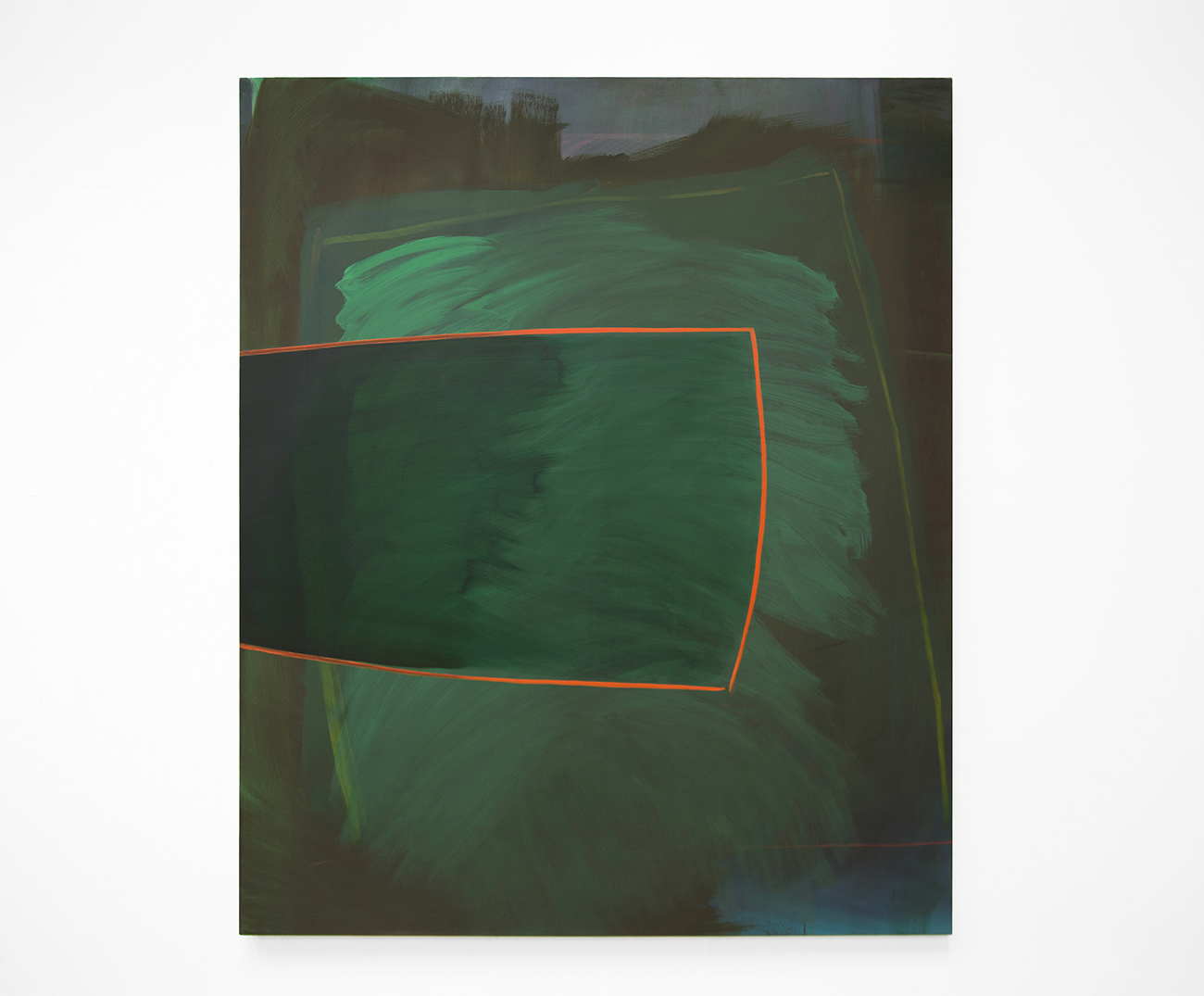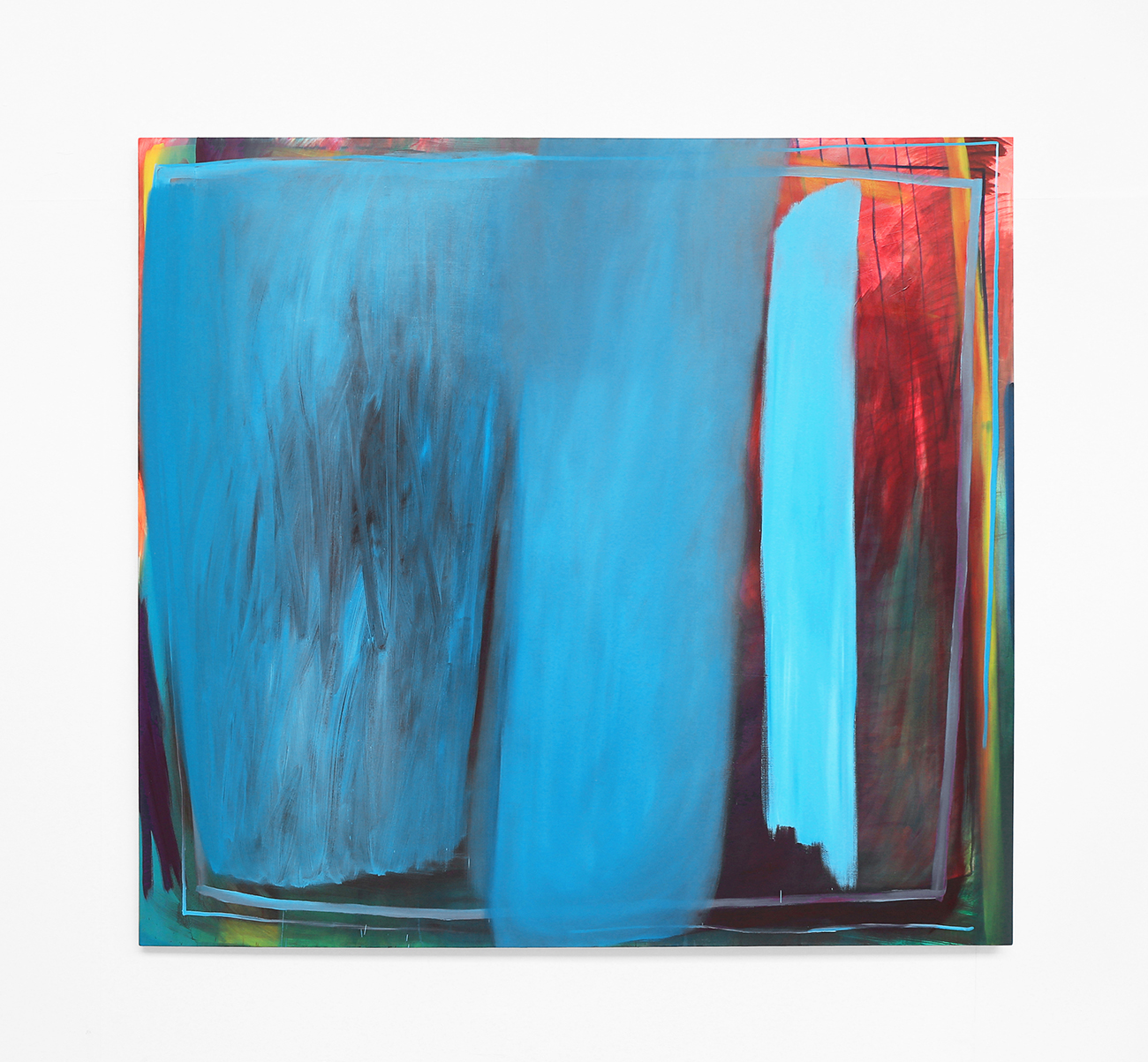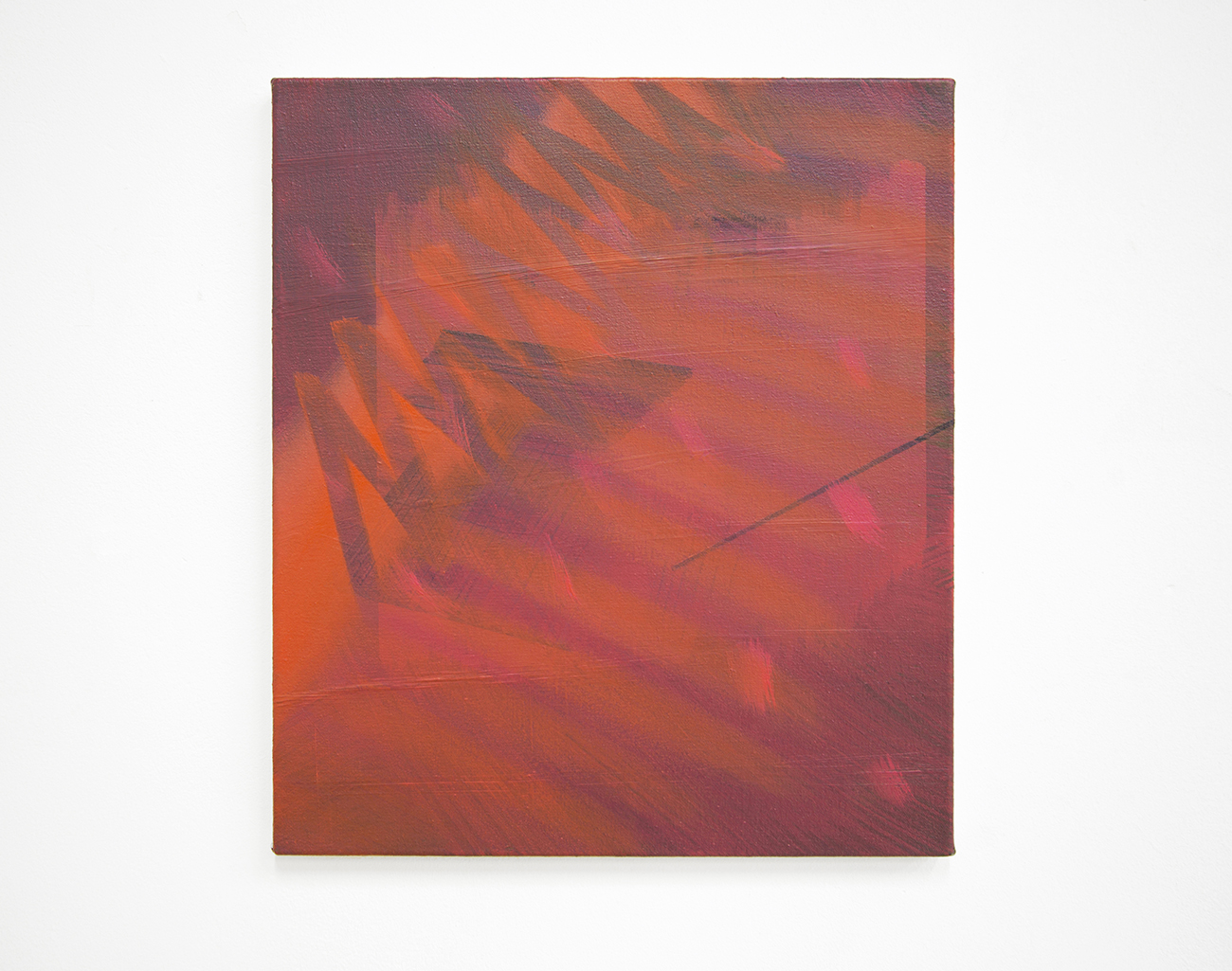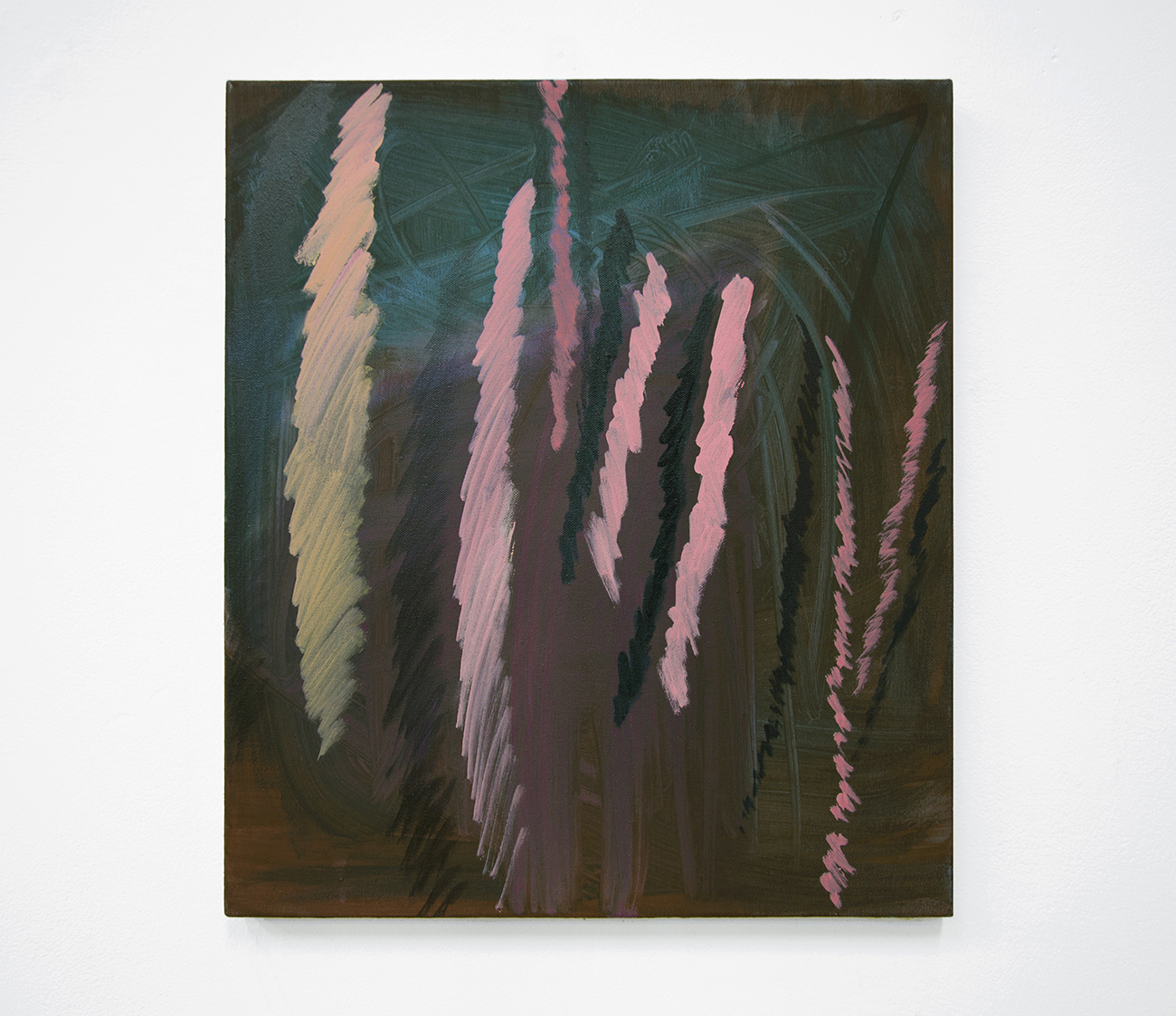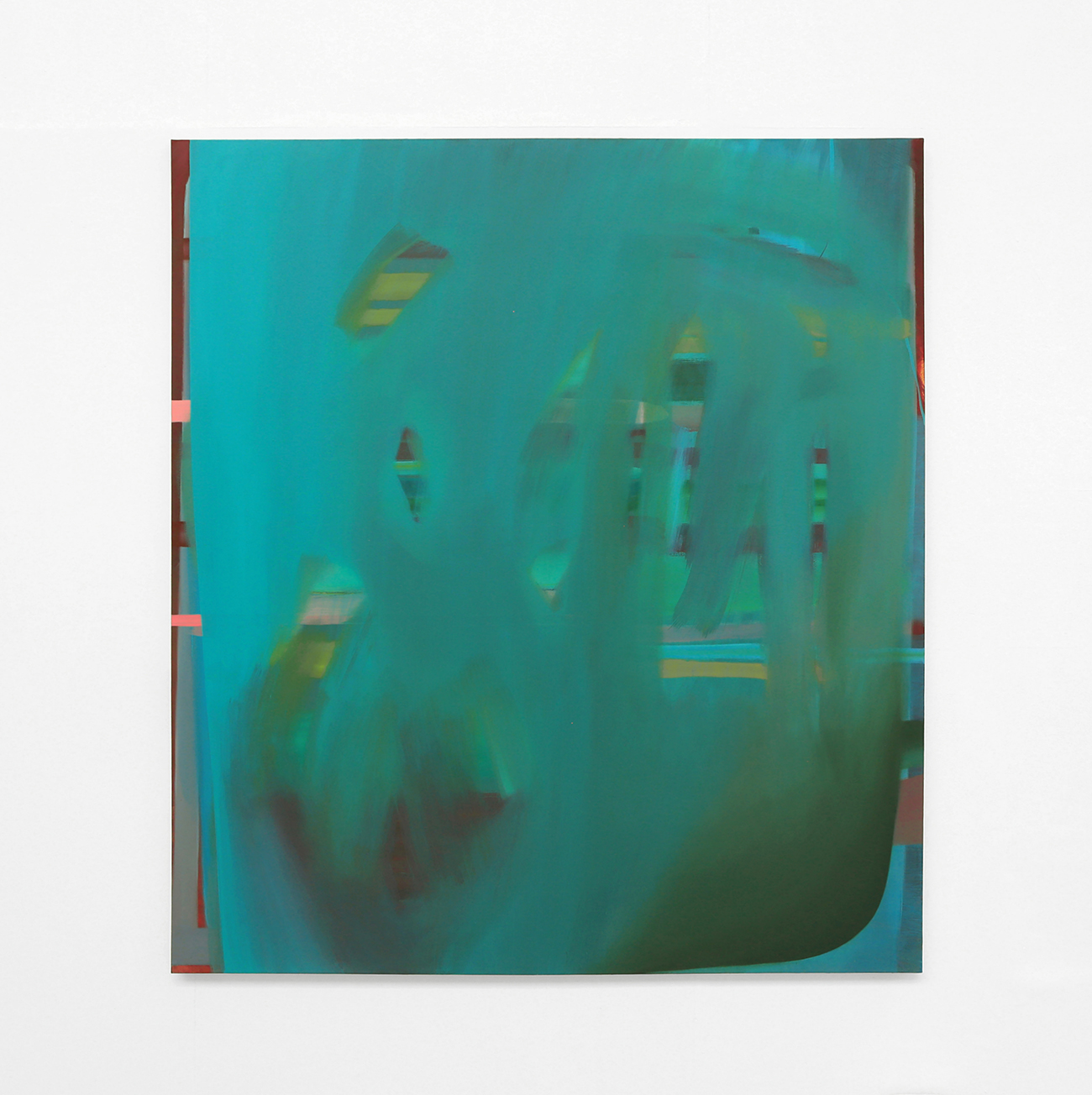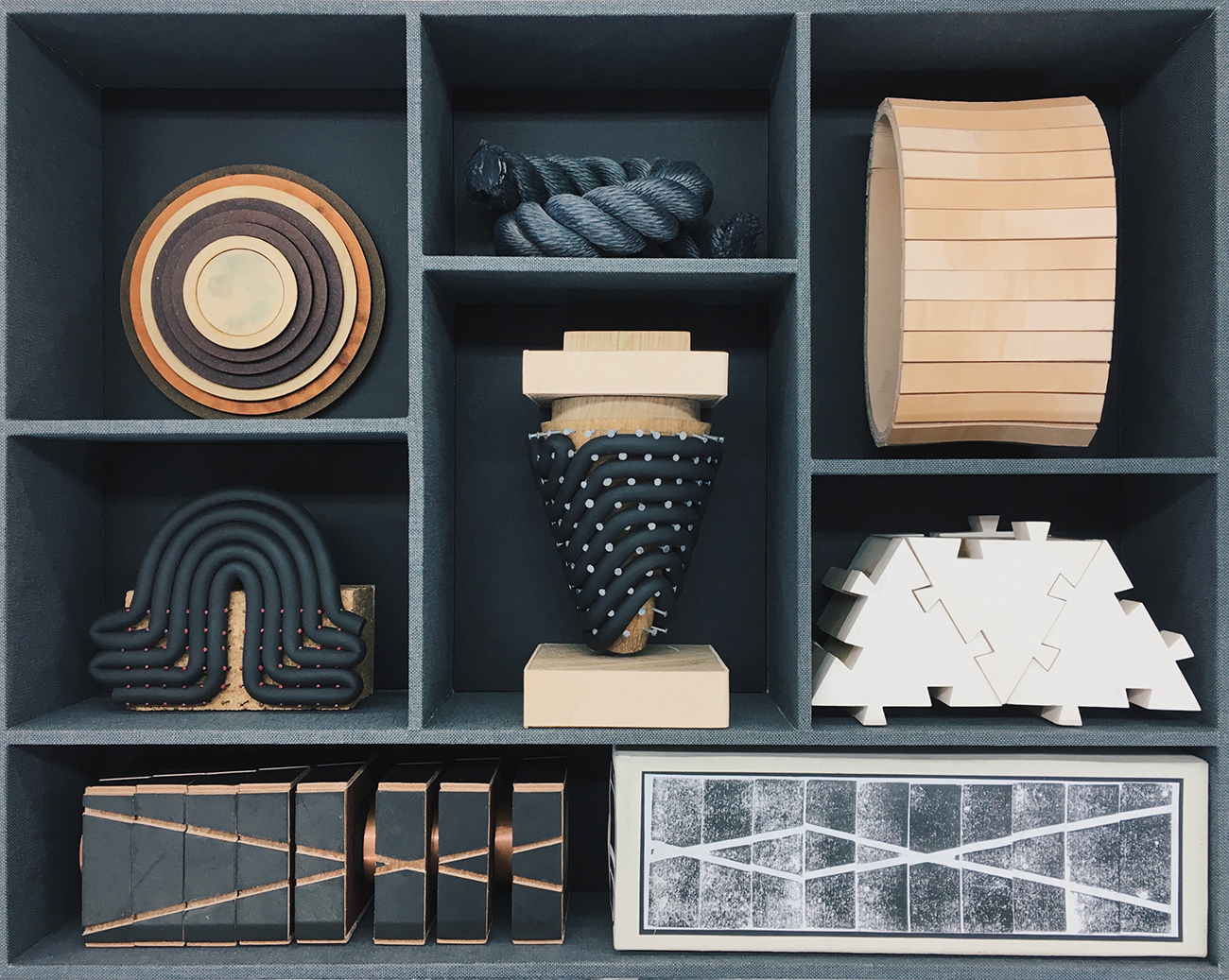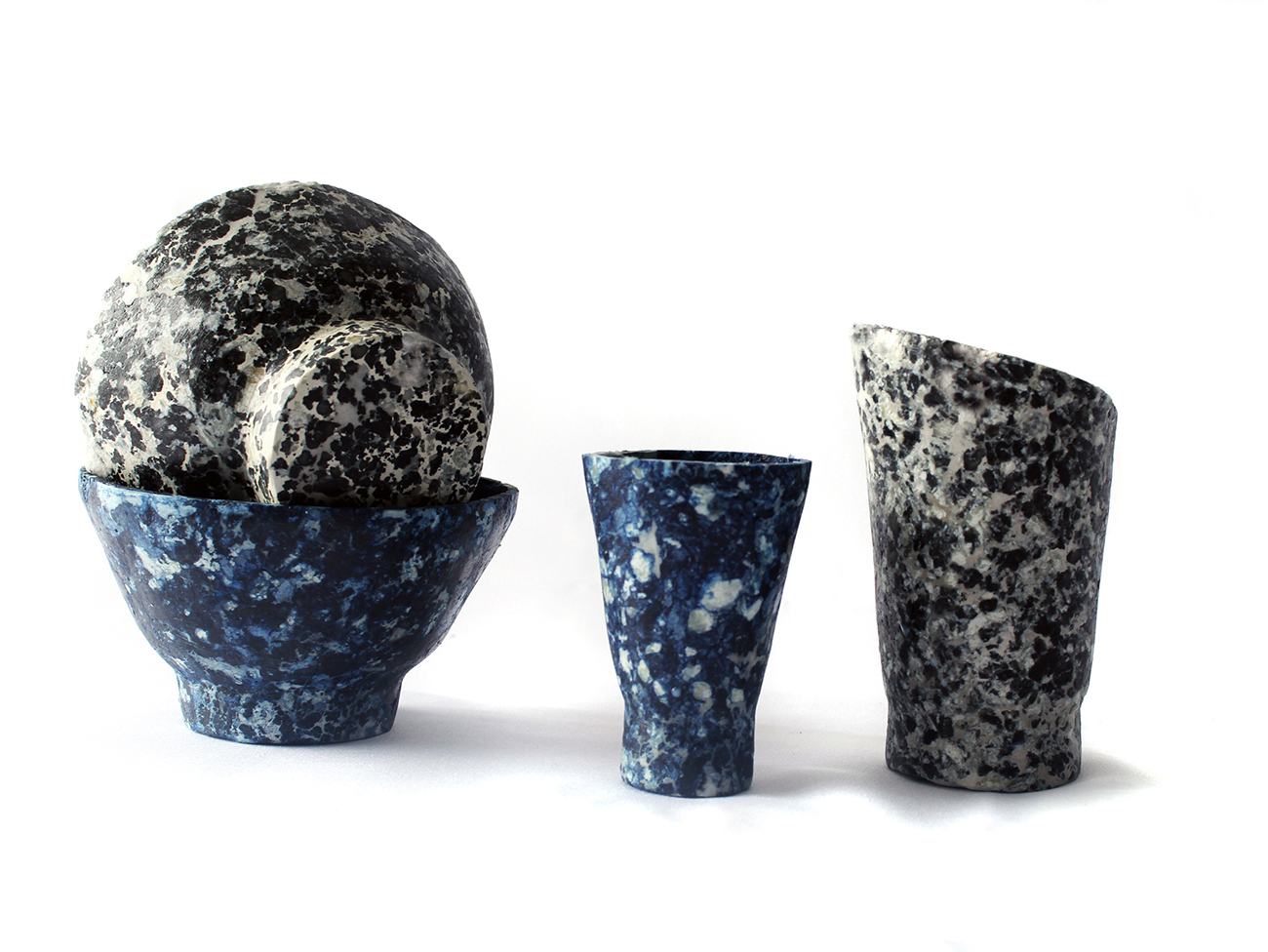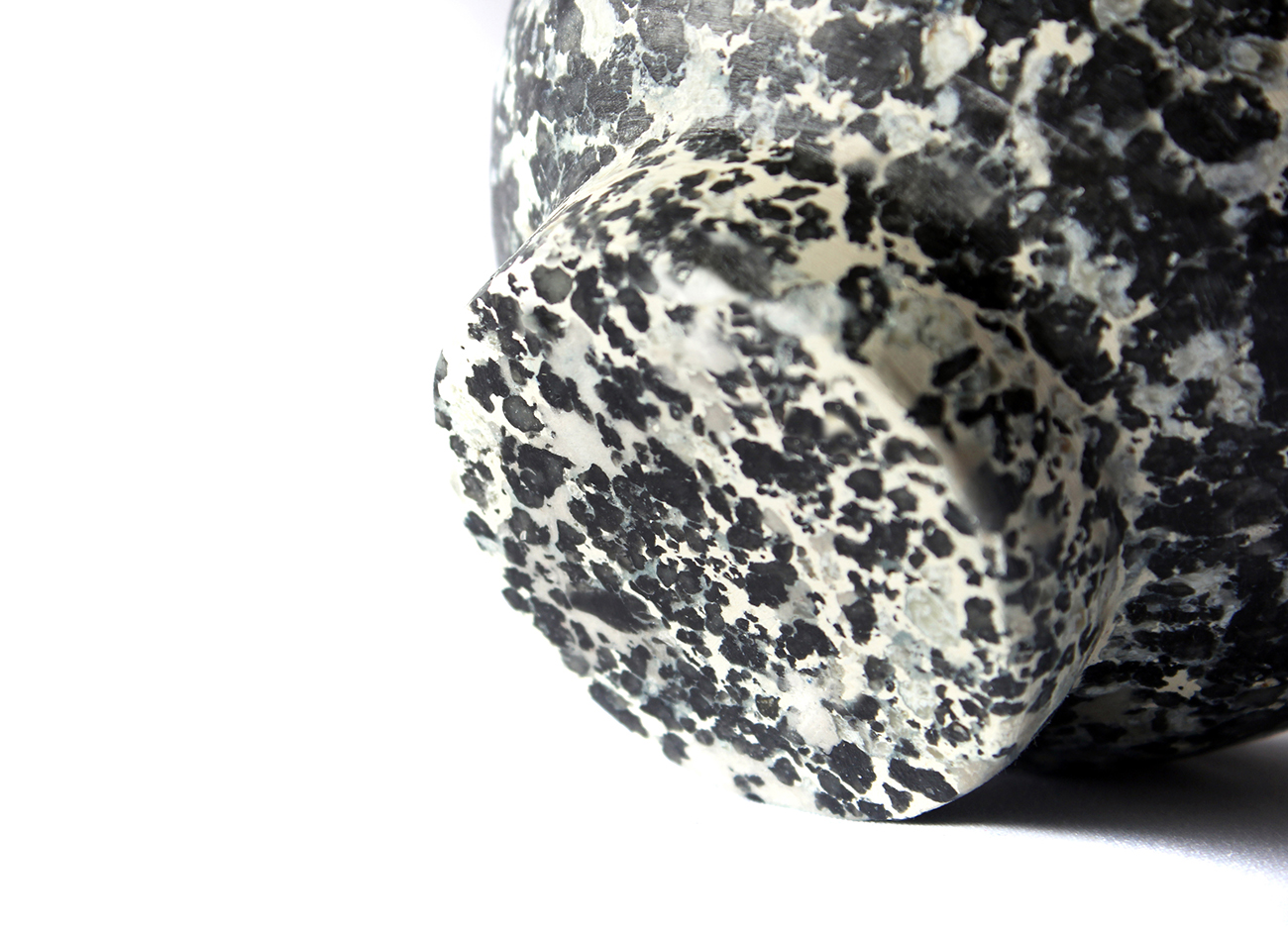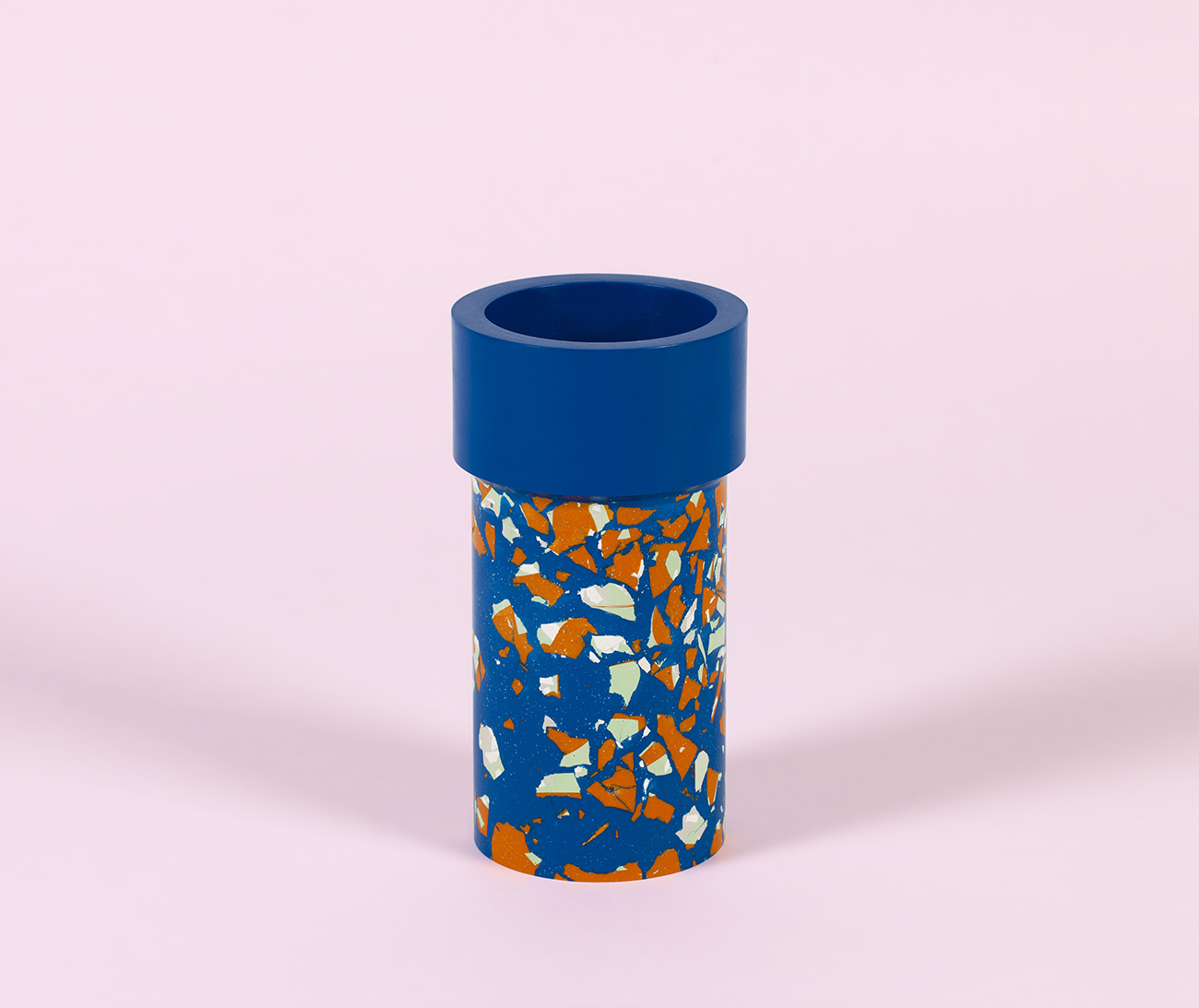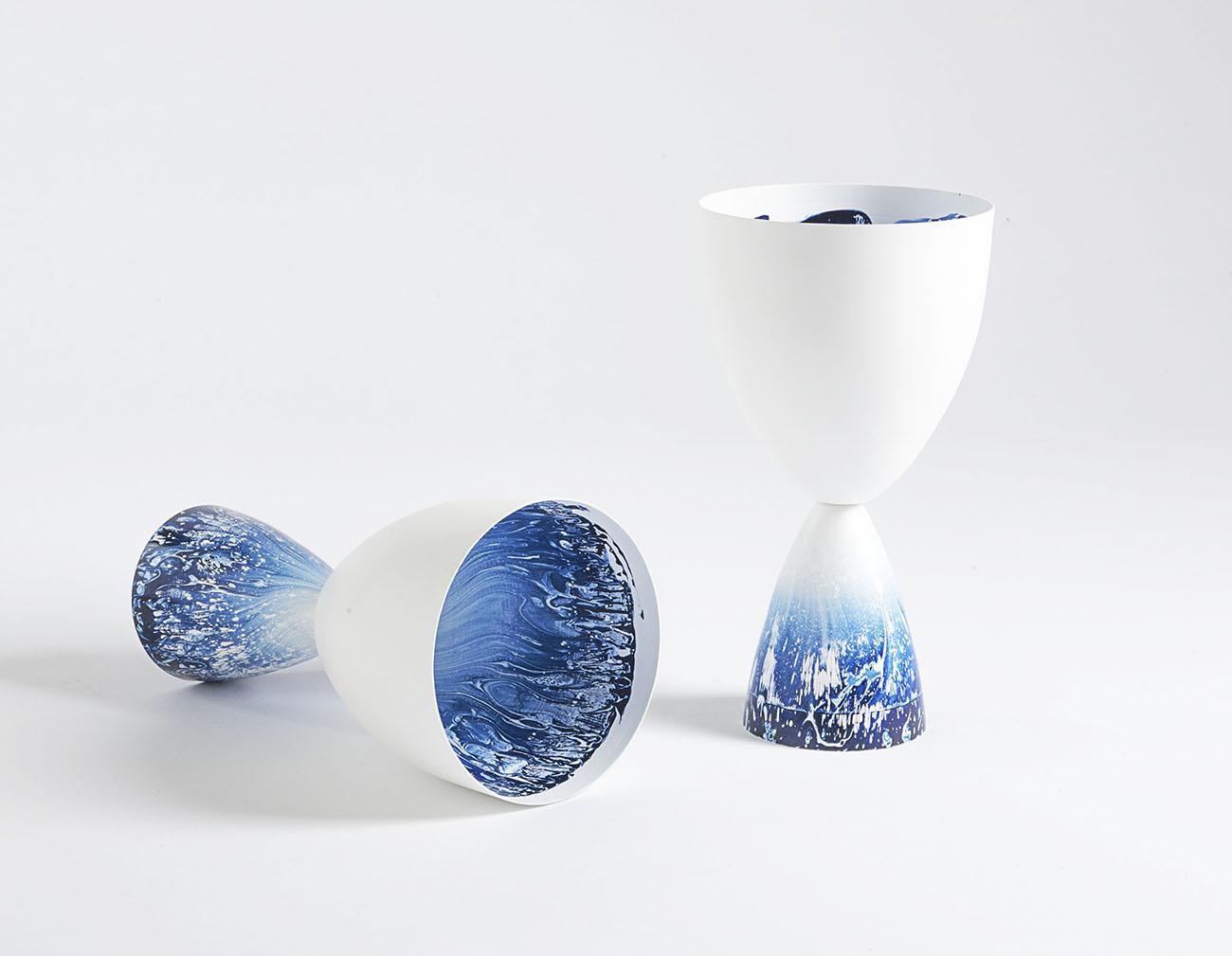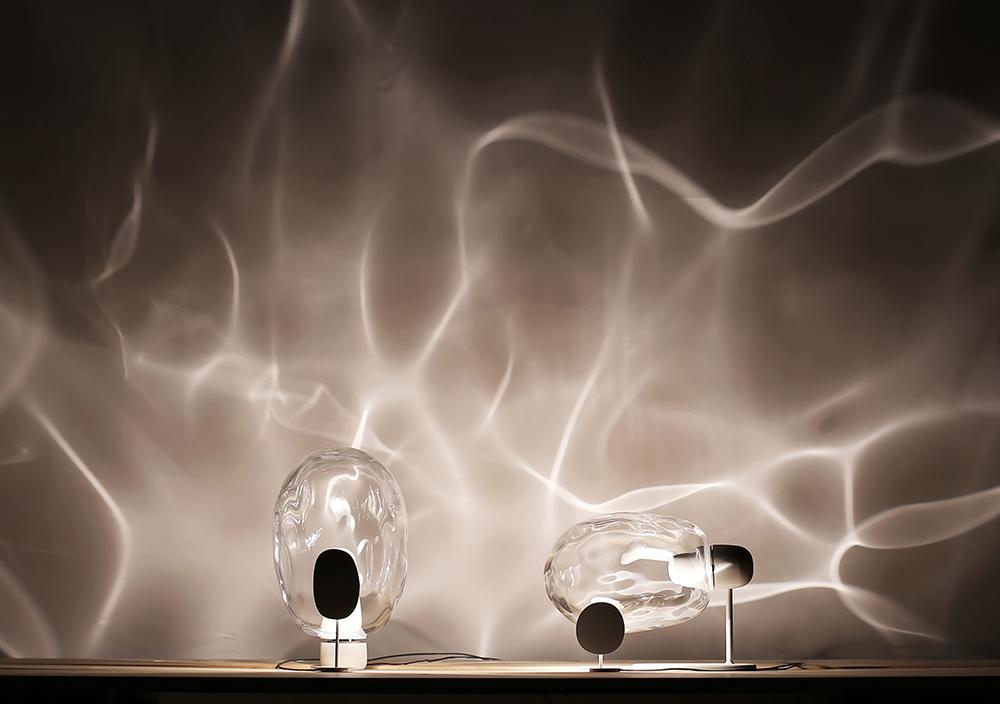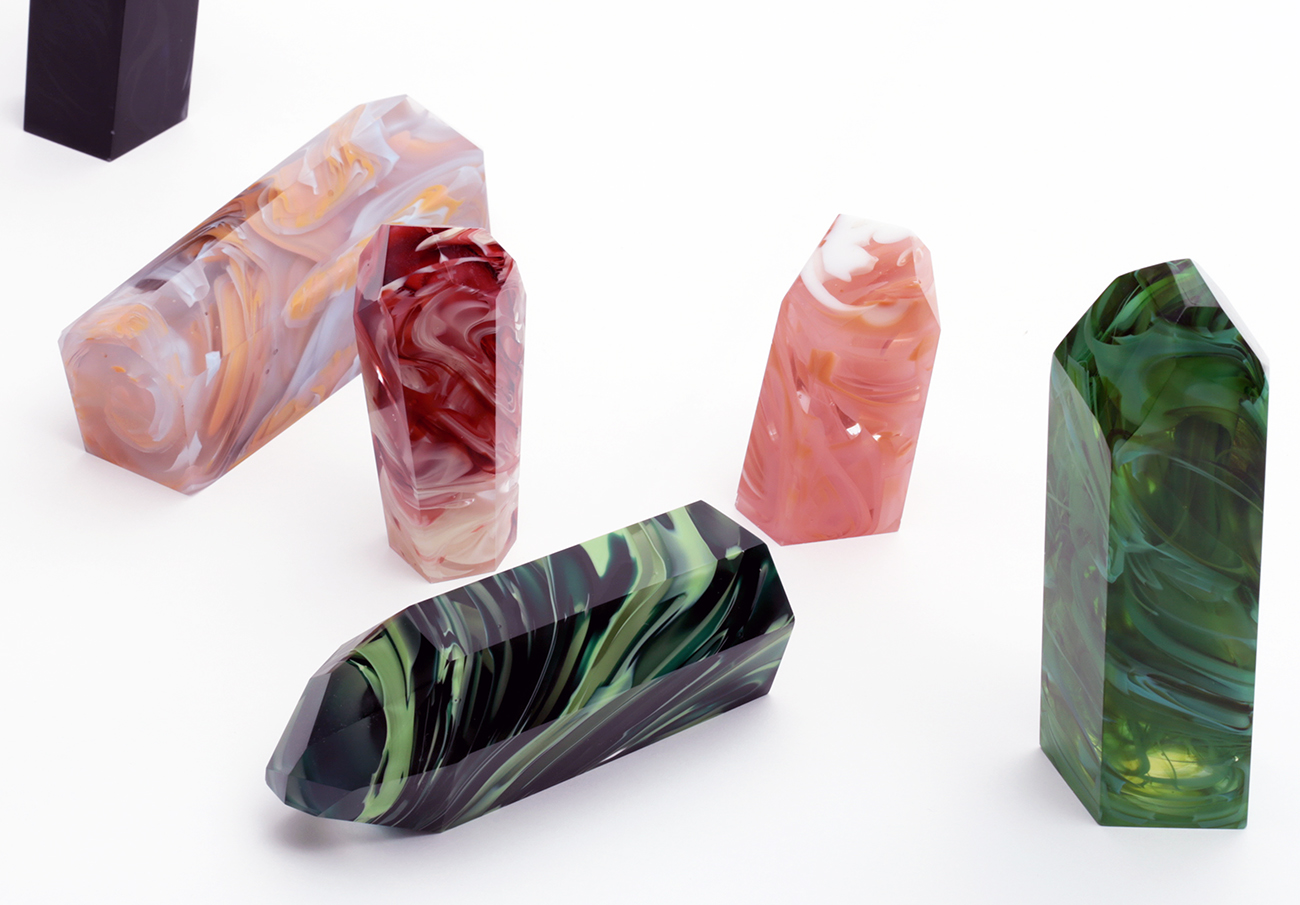
06.28.16
Up and Coming
Six Talents to Watch from RCA’s 2016 Graduate Show
Martino Gamper, Tomás Alonso, Raw-Edges, Soft Baroque — these are just a few of the designers who came from abroad to study at London’s Royal College of Art and ended up making a home in the UK. So it’s no wonder a dampened mood filled the air at this year’s graduate showcase, in the wake of the EU Referendum, with an underlying anxiety of how the political sphere might affect the influx — and future prospects — of the next crop of students. Still, the show was as adept as ever at uncovering who will be this year’s next big thing designers, even as many of the them felt compelled to tackle larger design problems and the realities of commercial production and consumerism. The show featured fewer products for products sake, and the new products that did make it in often featured inventive materials or new technologies and techniques. Below, we walk you through six of our favorites from the show. (Click here to see our past two years of up-and-coming designers!)
Elinor Portnoy
The geological landscape of her desert-based Israeli childhood inspired Elinor Portnoy’s glass vessels — the Shifting Sands and Shifting Grounds collections (above) are born from memories of filling old glass bottles with layers of colored sand to resemble striated earth. In considering how natural elements like sand can be crafted, Portnoy fused layers of glass powders to create varying textures and fabricated landscapes that mimic dunes and snowy mountaintops. Textured lids sit atop smooth, blown glass bases, like futuristic curios blending elements of nature with the maker’s hand. (Photos: Matan Ashkenazy)
Jane Kim
Following the news that bottled water was the most consumed beverage worldwide last year, Design Products student Jane Kim created this ultra-thin, lead-free crystal glassware system to elevate the drinking experience of people who love water. A tall flute for sparkling water has a smaller surface area to keep the bubbles in for longer (much like Champagne) and the short tumblers are for different varieties of still water: The green tapers in like a wine glass to capture the distinctive aroma of mineral water; the turquoise is for pharmaceutical grade filtered water, aptly presented in a beaker-shaped glass; and the royal blue fans out to increase the oxygenation of tap water, which is said to make it taste better.
Chloe Frost
The weavings by textile designer Chloe Frost are exercises in color and composition, reinterpreting modern art and the arrangement of shapes into jacquard collages that incorporate minimal lines and graphic motifs. Intended as decorative pieces or as furnishing fabrics for contemporary interiors, her super-modern collection of tapestries and hand-tufted rugs were among our favorites at the show.
Sunyoung Hwang
RCA’s Design Products program gets most of the attention in our world but the school is strong in so many other disciplines as well. In Painting, we found these abstract, color-field canvases by Korean-born Sunyoung Hwang, who was recently named one of Saatchi Art’s 21 emerging artists to buy now.
Darin Grassman
These handheld stamps for block-printing by textile designer Darin Grassman bring joy back to mark-making. Each block, with its somewhat ambiguous pattern, is an inquiry into the behavior of material and shape — soft, undulating foam waves can be used alongside Constructivist Jesmonite shapes. Each implement is designed to be interchangeable; it can detach, attach, and connect to create repeated printed sequences, as well as open up possibilities for custom-made prints.
Tessa Silva Dawson
In her quest to find a sustainable alternative to plastics, Design Products student Tessa Silva-Dawson explored a method that involved processing the protein extracted from cow’s milk. A completely natural substitute for oil-based polymers, the material uses surplus milk from the UK’s dairy industry, which throws away 800 gallons of skimmed milk each week.
The process comprises separating the curds from liquid whey — much like cheese-making — and then drying the curds before mixing them with a natural plasticizer and pigments. The material possesses properties comparable to those of commercial thermoplastics, demonstrated here via a series of prettily dappled vessels.
